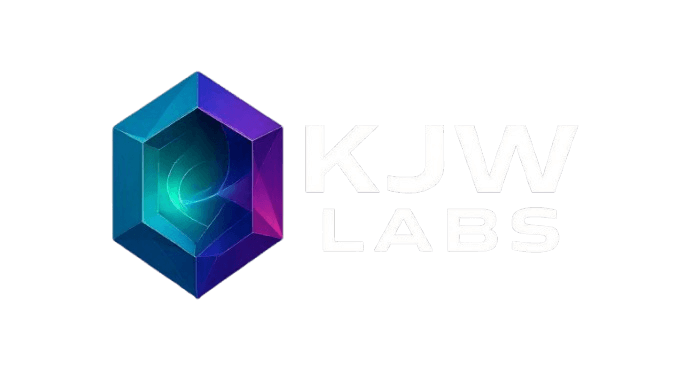Project Overview
AUX (Automated UI/UX Experience Evaluation) is an automated UI/UX experience evaluation system developed for Baozun E-commerce’s internal use. The system automatically generates diverse user personas through AI technology, performs large-scale user behavior simulations based on uploaded design mockups, and quantitatively evaluates the performance of design solutions under specific goals (such as order conversion).
Core Features
- Intelligent User Persona Generation: Generate multi-dimensional user personas based on historical data and user research
- Large-scale Behavior Simulation: Each persona performs thousands of simulation operations, covering various user behavior paths
- Conversion Goal Assessment: Quantitative analysis for specific business objectives (orders, registrations, browsing, etc.)
- Visualization Reports: Generate detailed evaluation reports and optimization recommendations
- A/B Testing Support: Support comparative evaluation of multiple design solutions
Technical Architecture
AI Core:
- User behavior prediction model trained on extensive historical interaction data
- User persona generation algorithm covering multi-dimensional features like age, gender, consumption habits
- Conversion path analysis engine identifying key conversion nodes
Simulation Execution:
- Selenium automation framework driving browser operations
- Multi-threaded concurrent execution supporting large-scale simulation testing
- Intelligent operation decision-making adjusting strategies based on user personas
Data Analysis:
- Real-time data collection and processing
- Statistical analysis and visualization display
- Continuous optimization of machine learning models
Workflow Process
- Design Upload: Upload UI design mockups or prototypes for evaluation
- User Persona Configuration: Select or generate target user personas
- Goal Setting: Define evaluation objectives (conversion events, key metrics, etc.)
- Batch Simulation: System automatically executes thousand-level user behavior simulations
- Result Analysis: Generate detailed evaluation reports and optimization recommendations
Innovation Highlights
- Large-scale Testing: Single evaluation can simulate real behavior of thousands of users
- Multi-dimensional Personas: Combine demographic, psychological, and behavioral characteristics
- Intelligent Decision-making: Operation decisions during simulation based on real user behavior data
- Real-time Feedback: Quick quantitative evaluation results for design solutions
- Continuous Learning: System continuously learns from real user data to improve prediction accuracy
Business Value
- Reduce Trial and Error Costs: Identify design issues in early development stages, avoiding late-stage modifications
- Improve Decision Quality: Make design decisions based on data rather than subjective judgment
- Accelerate Iteration Speed: Quickly validate design assumptions, shorten product launch cycles
- Optimize User Experience: Identify user pain points and provide targeted optimization recommendations
